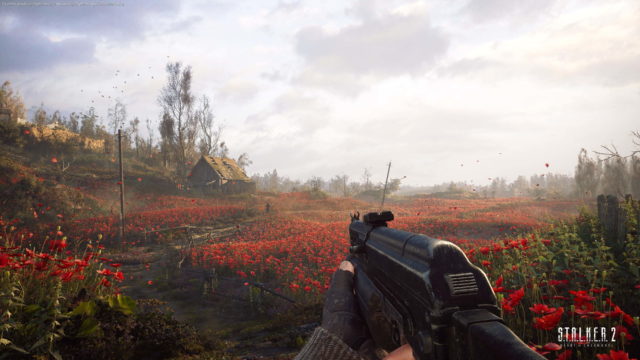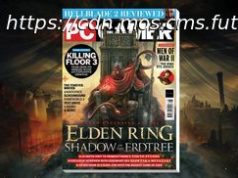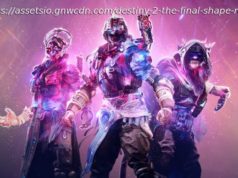The The CEO of the blockchain marketplace behind S.T.A.L.K.E.R. 2’s failed NFT plans explains how the game’s metahumans would work.
This week was supposed to be a huge moment for the future of NFTs in mainstream video games, but the celebration was cut short. On Wednesday, GSC Game World announced that it was partnering with popular gaming blockchain service DMarket, which sells NFT items for games like Dota 2 for upwards of $1,000 a pop, to bring NFTs to S.T.A.L.K.E.R.2: Heart of Chernobyl. Players would get the chance to bid on unique items with cryptocurrency and maybe even get scanned into the game as an NPC. It was a much more ambitious pitch than the comparatively conservative Ubisoft Quartz. One day (and a lot of angry tweets) later, the project was fully canceled. GSC Game World decided to remove any NFTs from the game on Thursday evening, just an hour after posting a statement that doubled down on the technology. It was a shocking 180 that dealt a blow to the technology’s future in gaming. No one was more disappointed by the decision than DMarket CEO Vlad Panchenko, a champion for the tech and a fan of the S.T.A.L.K.E.R. series. He’d been communicating with GSC Game World for years, attempting to get the studio on board with the tech. After a promising pitch, he finally got the studio to give him what he was looking for, only to have that yanked away in less than 48 hours. “The thing I was most sad about was S.T.A.L.K.E.R. itself, because I adore the game,” Panchenko tells Digital Trends. “I have no doubt that we will live in a world with tons of games with NFTs, and actually live in a metagame itself. But because of the community not yet understanding what’s happening, S.T.A.L.K.E.R. won’t be part of that metagame. And that’s what I was sad about, because I love them, and now they’re off that grid.” In an interview, Panchenko explains both how the project came together and how quickly it fell apart behind the scenes. Despite such a high-profile misstep for the tech, Panchenko still has hope for the future of NFTs in mainstream games. Though players who find themselves already skeptical about the prospect of pricier microtransactions with an environmental cost may not be convinced by his vision of the future. How did the S.T.A.L.K.E.R.2 collaboration originally come together in the first place? We had a huge IPO in 2017, so we were pretty much well-known at the time. GSC Game World were friends of a friend. So, they just asked to talk about the blockchain. So I did the first, like, evangelization at that time. Since then, we’ve been talking every six months about what’s happening, because they were developing the game and thinking about what else they could do to enhance the experience. So at some point, maybe a year ago, I came to them with a proposal of 100 different things we could actually put together, and they really liked it. New technologies like metahumans, which could make it more fun. They are gamers. I’m a gamer, and I’m a huge fan. We were building that for us together. Part of this project involved players being able to transfer assets between games. How was that going to work? The idea was that in GSC’s next game, which they are developing right now, you would be able to use that metahuman there as well…. It’s an item representing the ability of the person to become a better human. Also, an important point from a legal standpoint, they give the whole IP rights for the items. They allow any other game to use that IP and put it in the game for free, if any other game was willing to use that. And that was amazing stuff. Right now, we have like three more clients and we’re now sitting together and developing a common lore.
Домой
United States
USA — software Hustler or pioneer? Meet the architect behind S.T.A.L.K.E.R.2’s canceled NFTs






